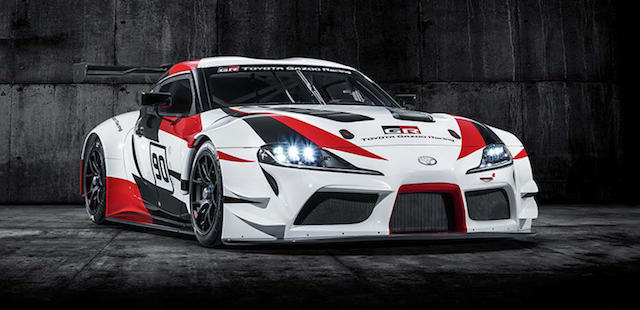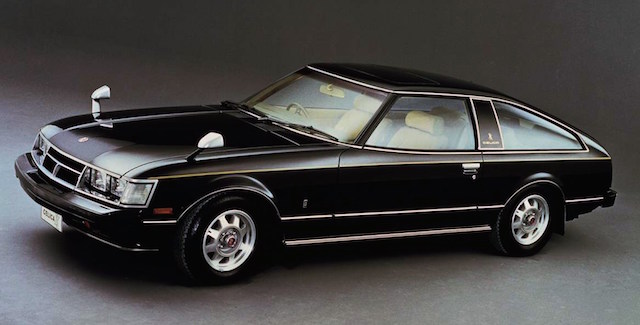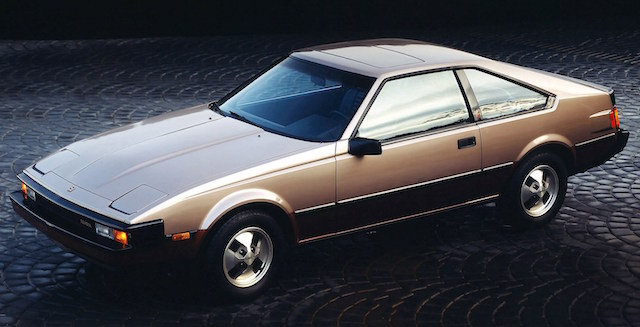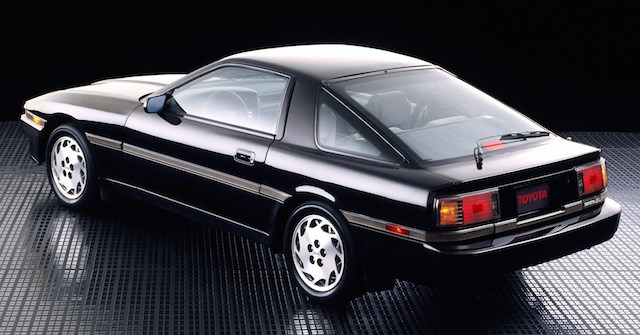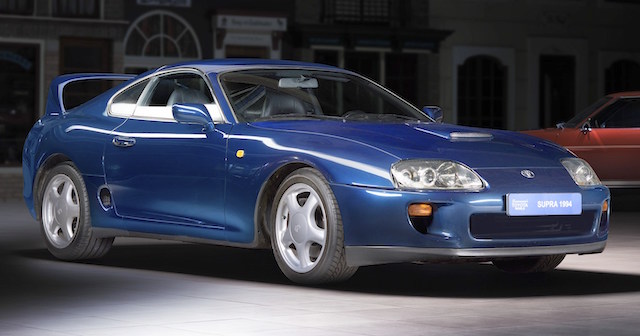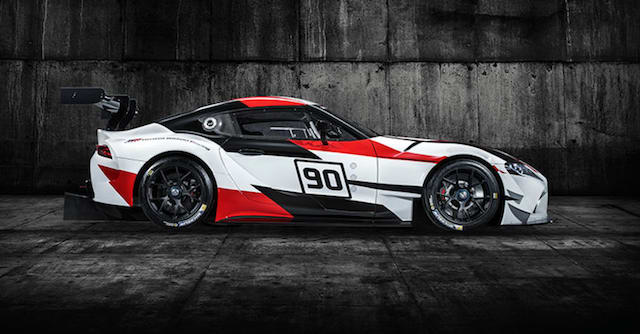
Nothing even remotely official yet from Toyota NZ about the new Supra sports car, although one senior company executive has said it will “absolutely” order it from the factory once the road-ready two-door goes into production, perhaps next year.
Toyota showed off the GR Supra Racing concept (above) at the Geneva motor show, the GR referring to Gazoo Racing, Toyota’s umbrella brand for its global motorsport activities.
If nothing else, the track-focused concept confirmed the return of the Supra name, missing from the Toyota NZ line-up since 1996-97 and the fourth-generation A80 model. Production of the A80 ended in 2002.
Toyota has confirmed that the ‘90’ race numbers on each door of the GR concept are a nod to the new car using the A90 model code, which follows the A40 (1978), A60 (1981), A70 (1985) and A80 (1993) models.
It is the A80 that the fifth-generation Supra – the first tangible result of Toyota’s technology-driven alliance with BMW – will be most closely linked, says Toyota’s chief engineer Tetsuya Tada.
Tada San says there will be a visual link between the production A90 and its A80 predecessor. “So, to give an example of its exterior design, the rear fender design, and how it is curved, it is something I’ve taken from A80,” he told reporters at Geneva.
Tada San is no stranger to product-sharing projects – he was the chief engineer behind development of the Toyota 86/Subaru BRZ.
The production version of the new Supra is expected to be revealed within the next 12 months. It will almost certainly share its underpinnings with the next-generation BMW Z4, in much the same way as Toyota and Subaru did with the rear-drive 86/BRZ.
Toyota is saying very little about the production Supra, other than it will come with the traditional Supra front engine/rear-drive layout. Reports from Geneva suggest its size will be only marginally bigger than the 86.
The powertrain is also expected to follow straight-six engine tradition, perhaps using BMW’s modular in-line 3.0-litre unit, turbocharged to deliver 250kW/500Nm.
Supra, the first-generation A40: Launched in 1978, it (above) was actually a more powerful version of the smaller Celica. It was first called the Celica XX and ran a 2.0-litre six-cylinder engine. The Celica Supra badge was added in the US market in 1979, to avoid a naming clash with a beer brand. Later, engine size grew to 2.6-litres.
Supra, the second-generation A60: It arrived (above) in July 1981 as the Celica XX in Japan but Celica Supra for export. It had independent suspension, flared guards, pop-up headlights and a new 2.8-litre engine with five-speed manual transmission. It landed in Europe in 1982 and had success in the British saloon car races, in the hands of drivers like Win Percy and Barry Sheene.
Supra, the third-generation A70: It abandoned (above) its Celica heritage in 1985 and had a platform all its own, with anti-lock braking and part-aluminium double wishbone suspension on every corner. Engine choices ranged from 2.0- to 3.0-litres, depending on market. A 200kW GT Turbo A version was built to homologate the Supra for Group A racing and the WRC.
Supra, the fourth-generation A80: It was unveiled (above) at the 1993 Chicago motor show. Its slippery shape and rear spoiler signaled performance potential. Its standard 3.0-litre straight-six delivered 165kW; its twin-turbocharged version generated 243kW, good for a 0-100km/h sprint of 4.6 seconds and a top speed of 260km/h. Apart from race success, A80’s claim to fame was its role in Playstation’s Gran Turismo and Need for Speed.

